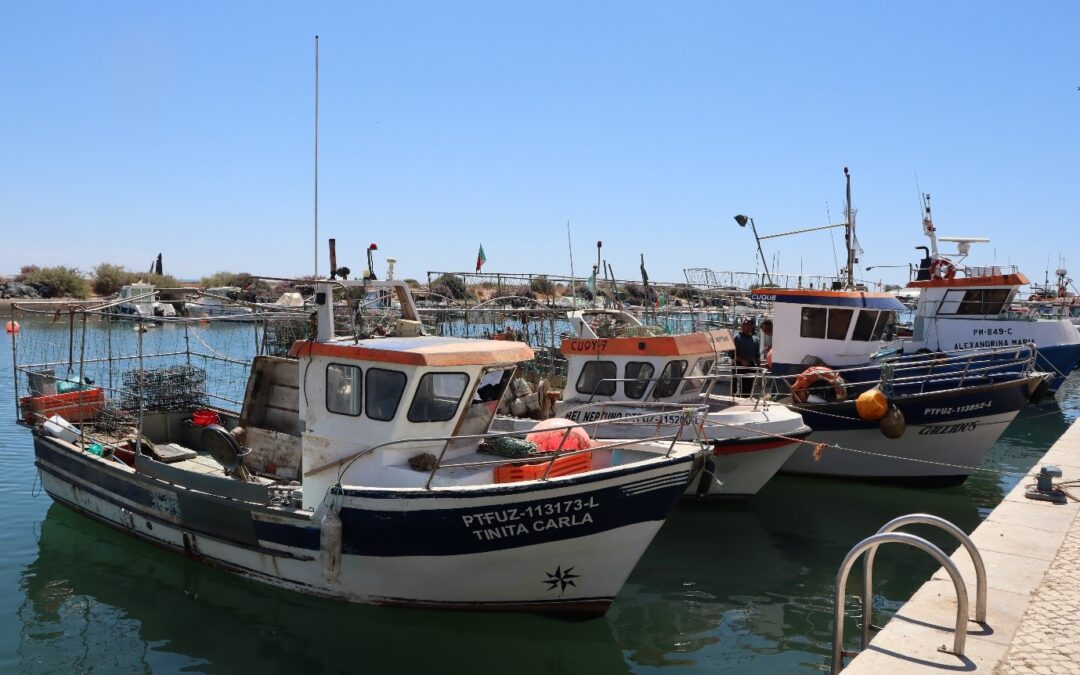Contributor: ANP|WWF Team
Seafood is a staple nourishment for millions around the globe, boosting both nutritional value and cultural significance. Yet, our growing appetite for seafood is outpacing the ocean’s ability to replenish its stocks, pushing marine ecosystems and countless communities on the verge of collapse.
Overfishing, one of the gravest threats to our oceans after climate change, has depleted an alarming portion of our marine resources. With one-third of the world’s fishery stocks classified as overexploited and the fishing pressure in the Mediterranean region persisting at double the sustainable level, the warning signs are undeniable. This unsustainable practice disrupts the delicate balance of marine life and jeopardizes the livelihoods of millions, particularly in developing nations where most of the seafood caught and produced worldwide comes from.
The European Union, a net seafood importer, exemplifies this complex dynamic. While it relies heavily on fish imports from developing countries, these nations are bearing the brunt of overfishing’s consequences. With 600 million livelihoods globally[1] depending on fisheries and aquaculture, the human cost of overfishing cannot be ignored.
Fortunately, we still have the power to change course. As consumers, our daily seafood choices hold immense weight. By supporting sustainable fishing practices that minimize environmental impact and ensure the well-being of fishing communities, we can become active participants in the solution.
Here’s how we can make a difference:
1. Seek information: Ask questions about where the seafood came from, and how and when it was caught; The Sea2See project aims to help you have access to this information by developing an accessible blockchain platform to increase trust, transparency and traceability in the European seafood sector.
2. Choose diverse species: opt to diversify your consumption and look for alternative, low emission, less demand, or abundant seafood species to lessen pressure on overexploited populations;
3. Eat less but better: avoid overbuying seafood, choose sustainable options, and adjust portion sizes to prevent unnecessary waste.
4. Educate others: spread awareness about the issue of overfishing and empower others to make informed seafood choices.
It’s crucial to remember that our actions, however small, can collectively create a significant impact. By embracing sustainable seafood practices, we can ensure the health of our oceans, the livelihoods of many communities and the continued availability of this valuable resource for generations to come. Let’s choose to be responsible consumers and safeguard the future of our blue planet, “one bite at a time”.
[1] FAO. 2022. The State of World Fisheries and Aquaculture 2022. Towards Blue Transformation. Rome, FAO.

